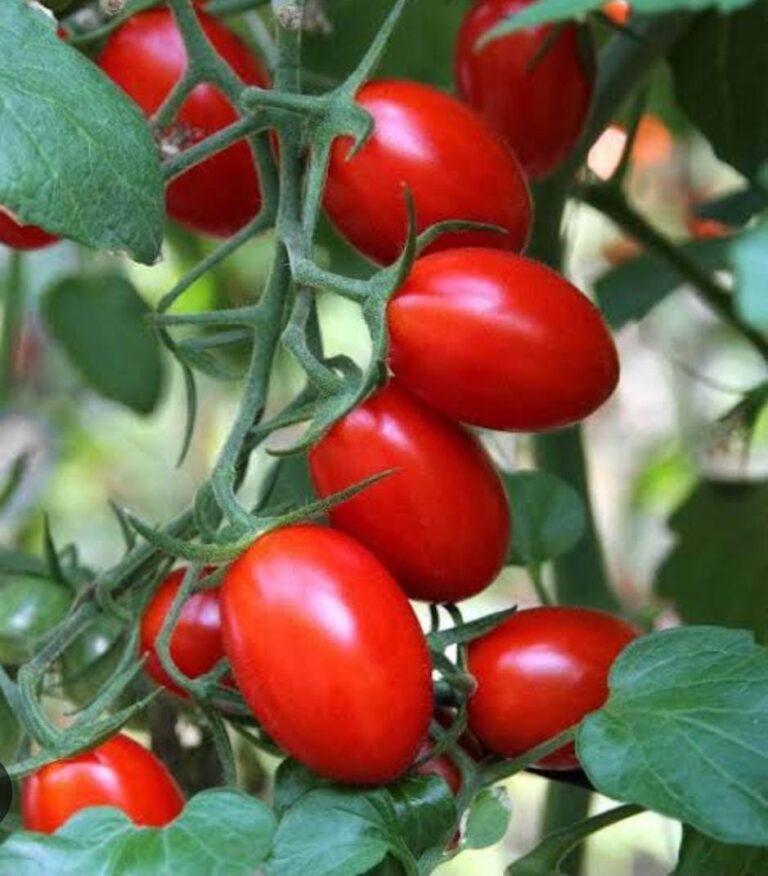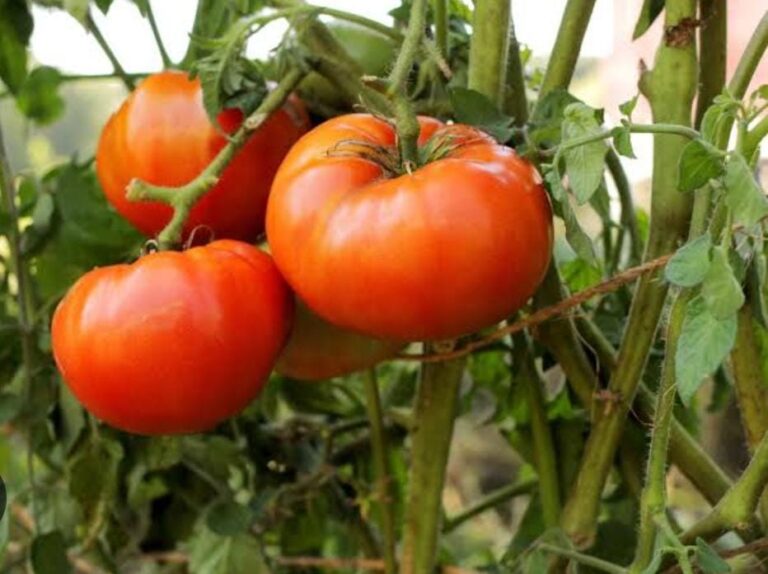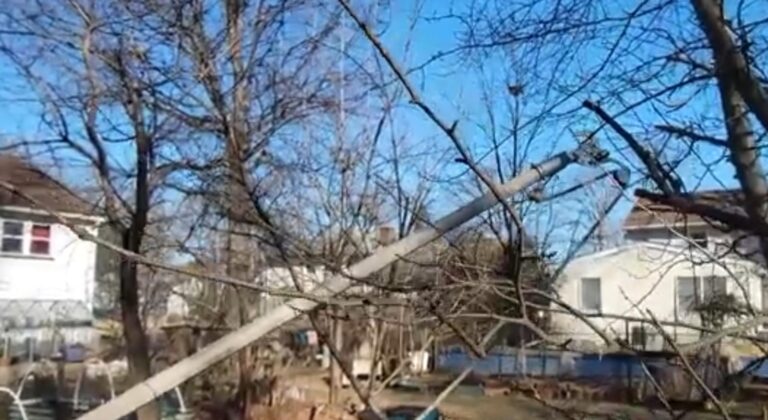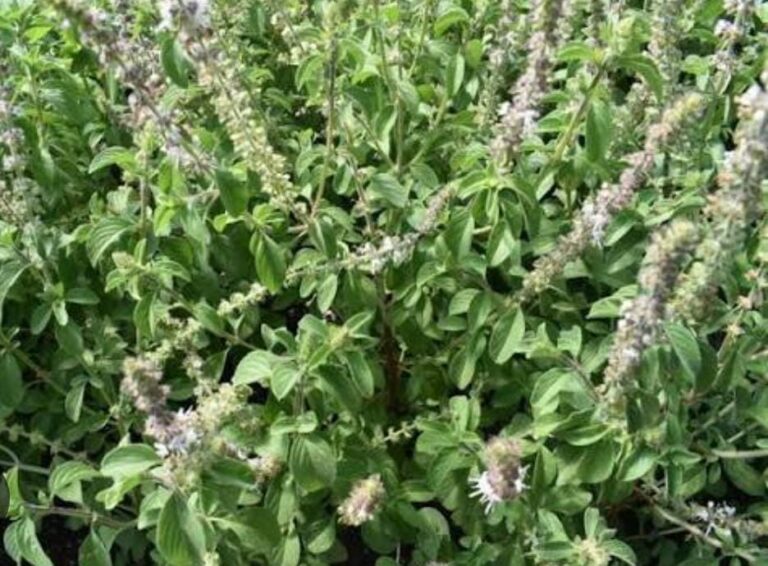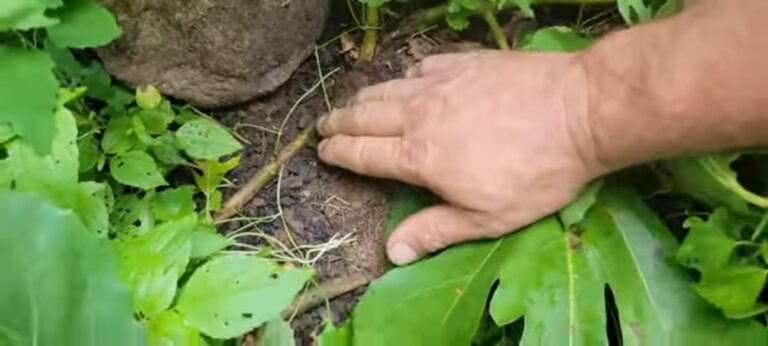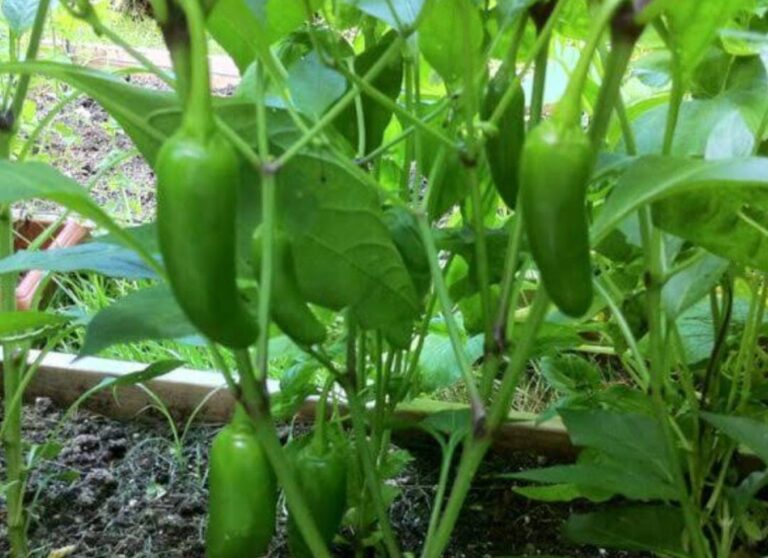Peaty Soil: 3 Exclusive Management Tips & More
Introduction
Among the various soil types, peaty soil stands out as an exceptional, organic-rich medium with unique qualities that provide numerous advantages. As we all know, soil is the foundation of life on Earth, with important roles in agriculture, biodiversity, and climate regulation. Peaty soil, which is sometimes misunderstood or disregarded, is more than simply a soggy, dark, and spongy mass; it is a source of nutrients, carbon sequestration, and ecological significance. Earlier in my previous blogs, I shed light on various soil types. In this blog, we will investigate the wonders of peaty soil, revealing its features, benefits, and long-term uses while refuting prevalent myths.
What Is Peaty Soil?
Peaty soil, commonly referred to as peat soil, is composed mainly of decayed plant matter, particularly mosses, that has accumulated under water-saturated conditions. This unique type of soil develops over thousands of years in wetlands such as bogs, fens, and moorlands, where anaerobic conditions prevent the complete decomposition of organic materials. As a consequence, peaty soil is rich in partially decomposed plant residues, which impart a dark brown to black coloration and a soft, spongy texture.
Peaty soil is characterized by its high organic matter concentration, which can range from 20% to 30%. Unlike mineral-based soils, peat has a lower bulk density but excels in its ability to retain moisture and nutrients. This unique combination of properties makes peaty soil an excellent additive for agricultural and horticultural applications, provided it is managed correctly.
The Formation of Peaty Soil: Nature’s Slow Process

The creation of peaty soil is a gradual and complex process that necessitates precise environmental conditions. It starts in wet places where plant debris, including sphagnum moss, reeds, and sedges, congregate. Because oxygen is scarce in these damp conditions, microbial activity is reduced, resulting in incomplete breakdown of organic materials. Over generations, this buildup generates peat layers that can be several meters deep.
The slow formation of peat demonstrates its value in storing organic material and carbon. Peatlands are projected to store twice as much carbon as the world’s forests combined, making them an important component of climate regulation.
Characteristics of Peaty Soil
This substance stands out with its remarkable physical and chemical properties, making it easily recognizable.
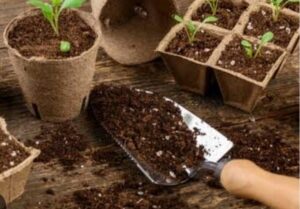
- High Organic Matter Content: Peaty soil contains a lot of degraded plant material, which makes it very fertile and nutrient-dense
- Moisture Retention: Peat’s spongy nature allows it to hold a lot of water, which prevents quick drying and keeps the soil hydrated
- Acidity: Most peaty soils are naturally acidic, with pH levels ranging from 3.5 to 5.5. This feature influences the availability of specific nutrients, making it perfect for acid-loving plants
- Low Bulk Density: Peaty soils are lighter than mineral soils, making them easier to deal with but susceptible to compression when disturbed
- Dark Color and Spongy Texture: Peaty soil has a dark color and a spongy texture due to its high organic content
Benefits of Peaty Soil
1. High Nutrient Content
Peaty soil is a highly valuable natural resource that acts as a significant reservoir of nutrients, making it exceptionally suitable for supporting plant growth. This type of soil is characterized by its high organic matter content, which not only enhances its fertility but also improves its water retention capabilities. When properly managed, peaty soil provides essential nutrients required by plants, including nitrogen, phosphorus, and potassium. These nutrients play a crucial role in promoting vigorous growth and development, leading to lush and vibrant vegetation. Additionally, the unique structure of peaty soil allows for excellent aeration and drainage, creating an optimal environment for root systems to thrive.
With careful maintenance and attention to its moisture levels, peaty soil can sustain a wide variety of plant species, contributing to a rich and diverse ecosystem.
2. Excellent Water Retention
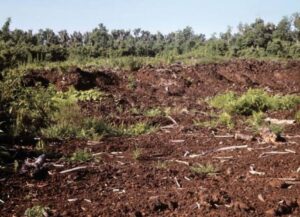
Peat possesses a remarkable ability to retain moisture, making it an exceptional growing medium, particularly in regions characterized by erratic or unpredictable rainfall patterns. This unique quality significantly reduces the necessity for frequent watering, which is a crucial advantage for both agricultural practices and horticultural pursuits. By holding water in its structure, peat creates a stable environment for plant roots, ensuring that they have access to the moisture they need to thrive, even during dry spells. This helps to promote healthier plant growth while conserving water resources, ultimately enhancing productivity in farming and gardening applications. Additionally, the use of peat can contribute to soil aeration and promote beneficial microbial activity, further supporting plant health and development.
3. Ideal for Acid-Loving Plants
Peaty soil is particularly well-suited for cultivating acid-loving plants, making it an excellent choice for gardeners interested in growing species such as blueberries, azaleas, rhododendrons, and camellias. This type of soil is characterized by its rich organic matter and high water retention properties, contributing to an environment that supports healthy plant growth.
One of the key features of peaty soil is its naturally low pH, which creates an acidic environment that these plants require to thrive. Blueberries, for instance, require a pH level between 4.5 and 5.5 to produce optimal fruit yields, while azaleas and rhododendrons also flourish in similar acidic conditions. Camellias, known for their beautiful blooms, prefer slightly acidic to neutral soil but benefit from the organic richness offered by peat.
Overall, the unique characteristics of peaty soil not only provide the necessary acidity for these plants but also enhance nutrient availability, creating an ideal growing environment for acid-loving flora.
4. Carbon Sequestration and Climate Benefits
Peatlands are critical ecosystems that function as significant carbon sinks, capable of sequestering vast quantities of carbon dioxide (CO2) that would otherwise enter the atmosphere and contribute to global warming. These unique areas are formed by the accumulation of partially decayed organic matter, primarily from sphagnum moss, in waterlogged conditions. As a result, peatlands not only store carbon but also play a vital role in regulating water cycles and supporting biodiversity.
To effectively combat climate change, it is essential to prioritize the protection and responsible management of peatlands. This includes implementing sustainable land-use practices that prevent degradation, restoration of damaged areas, and policies aimed at preserving their ecological integrity. By safeguarding these valuable ecosystems, we can enhance their carbon storage capacity and contribute significantly to climate change mitigation efforts.
5. Enhancing Soil Structure
Peaty soil, known for its unique organic composition, plays a crucial role in improving soil structure when mixed with other soil types. Its high organic matter content enhances aeration, which allows for better oxygen flow to plant roots, promoting healthy growth. Additionally, peaty soil improves drainage capabilities, reducing the risk of waterlogging in heavy soils and providing a more balanced moisture level. This combination of benefits makes it an excellent amendment for areas with compacted or low-quality soils, where it can significantly improve the overall health and fertility of the soil, supporting a thriving garden or landscape.
6. Biodiversity Hotspot
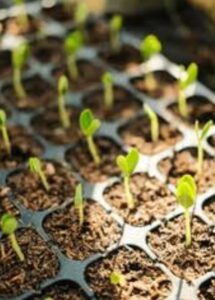
Peatlands are crucial ecosystems that harbor an incredible diversity of plant and animal life. They provide a unique habitat for a variety of flora, including rare species of orchids that thrive in these wetlands, as well as various mosses that form dense carpets across the ground. The invertebrate population is equally rich, with numerous insects playing essential roles in the ecosystem, such as pollinators and decomposers.
Birds are also abundant in peatlands, with many species relying on these areas for nesting and feeding. These wetlands are vital for amphibians as well, offering ideal breeding grounds for frogs and salamanders that depend on the moist conditions provided by peat-rich environments.
Preserving these peatlands is fundamental not only for the continuity of these diverse species but also for maintaining ecological balance. The protection and restoration of these habitats ensure that the unique flora and fauna of peatlands are safeguarded for future generations.
Uses in Gardening and Agriculture
Peaty soil is frequently utilized in gardening and agriculture, particularly for horticulture. Its benefits include:
- Seed Starting and Potting Mixes: Seedlings and container plants benefit from good aeration and moisture retention when using peat-based potting mixes
- Soil Conditioning: Adding peat to sandy or clay soils improves their qualities, including water retention in sandy soils and drainage in clay soils
- Greenhouse Cultivation: Many commercial greenhouses employ peat-based growing media to produce high-yield crops
- Lawn Establishment: Peat is commonly used in topsoil blends to promote lawn growth by supporting healthy root development and moisture retention
Challenges and Sustainable Management
Despite its advantages, the extraction and use of peat presents environmental risks. Commercial peat harvesting has the potential to destroy habitat, emit carbon, and reduce biodiversity. Sustainable management strategies include the following:
1. Peat substitutes
Peat substitutes are increasingly being used in horticulture and gardening as environmentally friendly alternatives to traditional peat. Some of the most notable peat substitutes include:
- Coconut Coir: This natural fiber, derived from the husks of coconuts, is highly effective as a growing medium. It retains moisture well while also providing excellent aeration for plant roots. Additionally, coconut coir is sustainable and biodegradable, making it a popular choice for eco-conscious gardeners.
- Composted Bark: Made from the shredded and decomposed bark of trees, this material not only improves soil structure but also contributes essential nutrients over time. Composted bark enhances drainage and provides a natural habitat for beneficial microorganisms, promoting healthy plant growth.
- Biochar: This charcoal-like substance is produced through the pyrolysis of organic material, such as wood or agricultural waste. Biochar improves soil fertility and retention of nutrients and moisture. It also helps to sequester carbon, contributing positively to the environment.
These alternatives not only serve as effective growing media but also support sustainable gardening practices by reducing reliance on peat, which is often harvested unsustainably.
2. Restoration of Peatlands
Restoration of Peatlands: Rewetting drained peatlands is a crucial process for revitalizing these unique ecosystems, which play a significant role in carbon storage. By reintroducing water to formerly drained peatlands, we can help restore their natural hydrology, promoting the recovery of diverse plant and animal species that depend on these environments. This not only aids in the rejuvenation of biodiversity but also significantly reduces the release of carbon dioxide into the atmosphere, thereby mitigating climate change.
The revitalization efforts contribute to improved water quality and enhanced resilience against flooding, making peatland restoration a vital component of environmental conservation strategies.
3. Sustainable Harvesting
The practice of controlled and regulated peat extraction plays a crucial role in minimizing the environmental impact associated with this resource. By carefully managing the methods and quantities of peat harvested, we can significantly reduce the damage to ecosystems, preserving biodiversity and preventing soil degradation. Implementing stringent regulations ensures that extraction activities are balanced with conservation efforts, allowing for the continued support of local wildlife habitats and water quality while meeting human needs for peat as a natural resource.
Through responsible practices, we can achieve a sustainable approach that benefits both the environment and the communities that rely on peat.
The Future of Peaty Soil: A Balanced Approach
As we transition to sustainable agriculture and climate-conscious land management, the role of peaty soil must be carefully considered. With proper gardening techniques, peat may continue to be a significant resource for food production and ecosystem health while creating no long-term environmental damage.
Understanding and appreciating the strength of peaty soil allows us to reap its benefits while preserving it for future generations. Whether you’re a gardener, farmer, or environmentalist, adopting sustainable peat management practices helps to make the world a greener and more resilient place.


